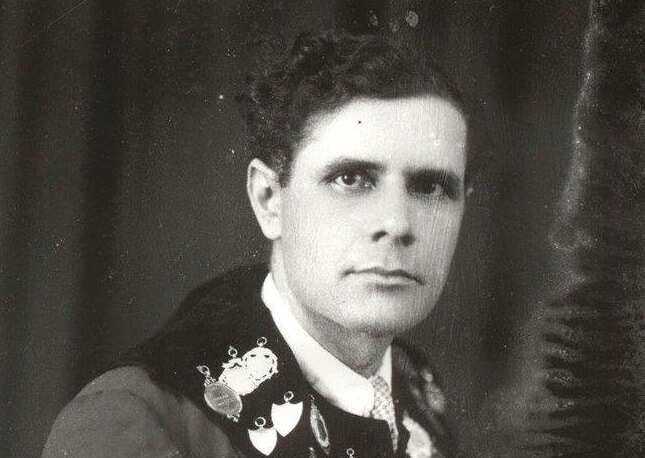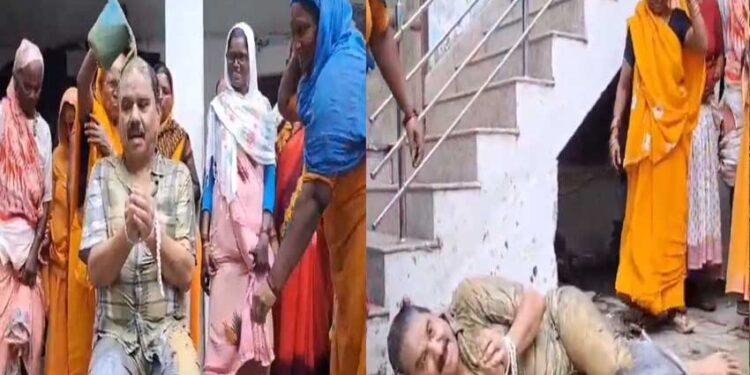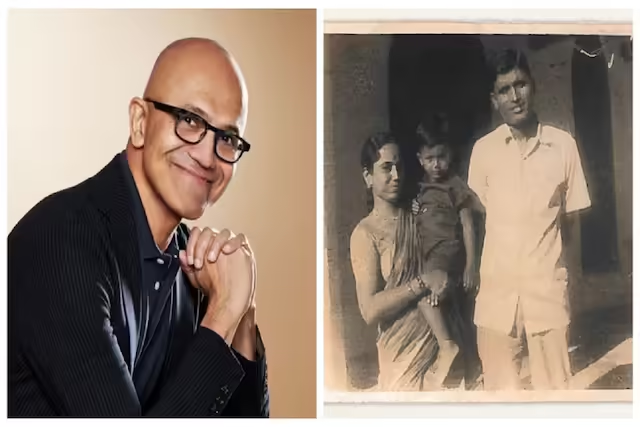The famous Indian actor and filmmaker-director, who made Hindi first colorful film ‘Jhansi Ki Rani’. He was awarded the ‘Dadasaheb Phalke Award’ in 1980.
Life introduction
Sohrab Modi was born on 2 November 1897 in Bombay. Sohrab Modi after finishing his schooling, he worked as a traveler with his brother Kiki Modi. Sohrab Modi started as an actor from a Parsi theater with the experience of some silent films. Sohrab Modi’s childhood was spent in Rampur, where his father was a superintendent of Nawab. The library of Nawab Rampur was very rich. Sohrab Modi learned Urdu in Rampur itself. He got his early education from his brother Rustom’s drama company Subodh Theitical Company, in which he started working from 1924.
At the same time, he learned the art of speaking dialogue in a serious and stubborn voice, which later became his specialty. In no time, he started playing a major role in the plays. ‘Hamlet’ and ‘The Sol of Dutter’ were his popular plays in which he acted. His family later moved from Rampur to Bombay. There he passed a matriculation from Parel’s New High School. When he went to ask his principal what to do in future, his principal said,-‘After hearing your voice, it seems that you should either become a leader or actor.’ And Sohrab became an actor. His voice was elevated like. The blind used to listen to the dialogues of his films.
Early life
At the age of 16, Sohrab Modi performed films in Town Hall, Gwalior. He later started the business of traveling cinema with the help of his brother Rustom. Then along with his brother, he founded the stage film company in Bombay. The first film of this company was ‘Khoon Ka Khoon’, made in 1953, which was the film adaptation of his play ‘Hamlet’. In this, Saira Bano’s mother Nasim Bano came on screen for the first time. ‘Said-e-Hawas’ (1936) was also based on the play ‘King Jaan’. Sohrab was originally from the play, which is why his earlier films give a glimpse of Parsi theater. He was at the forefront of making historical films.
Establishment of stage film company
Sohrab Modi founded the stage film company in 1935. In 1936, stage film company Minerva became a movietone and its symbol became a lion. The films he made in this banner was-
Atma Tarang (1937) Khan Bahadur (1937) Divers (1938) Jailor (1938) Sweet Poison (1938) Pukar (1939) Busha (1939) Busha (1939) Sikander (1941) Sikander (1941) Phir Milega (1942) Prithvi Vallabh ((1943) One Day Sultan of one day (1945) Manjhar (1947) Daulat (1949) Sheeshmahal (1950) Rani of Jhansi (1953) Mirza Ghalib (1954) Kundan (1955) Rajhath (1955) Bada Balwan (1969) In addition to this, he made ‘Parakh’ for Central Studios and ‘Amar Kahani of Meenakumari’ for Shaily Films.
India’s first colorful film
He made India’s first technicler film ‘Jhansi Ki Rani’. For this, he brought technicians and equipment from Hollywood. His wife Mahatab became ‘Rani of Jhansi’ in it. Sohrab Modi became Rajguru. He made this film with great dedication, but the film flopped. To overcome this failure, he made ‘Mirza Ghalib’ (Suraiya-Bharatbhushan). The film was commercially successful but also received the President’s gold medal. He also made some memorable films on social problems. Among them, the film ‘Mitha Poison’ made on the evil of alcoholism and ‘divers’ on the problem of divorce are notable. His most popular and successful historical film was ‘Pukar’. It had lead roles of Chandramohan (Jahangir), Naseem Bano (Nur Jahan), Sohrab Modi (Sangram Singh) and Sardar Akhtar. The film was praised not only from the press but also from the audience. Porus in ‘Sikander’ and Sohrab Modi’s performance in the role of Sangram Singh in ‘Pukar’ was highly praised.
family life
He was married to Mahtab on 21 April 1946, but Modi’s family was not ready to accept him as a daughter -in -law, so he had to stay apart for many years. In 1950, his family accepted their marriage.
award
Sohrab Modi was awarded the Dadasaheb Phalke Award in 1980. He is credited with getting the prestige of historical films in India.
Death
By 1978, the 80-year-old Modi Saheb had to resort to the stick in walking. His big wish was to re -create ‘call’. But the disease did not allow this to do so. In 1984, doctors declared that they had cancer. By then, he was also having trouble swallowing food. In 1983, he performed his last film ‘Gurudakshina’. Leaving him incomplete, on 28 January 1984, Modi was immersed in Chiranidra forever. He was a person of great health. His patience was also immense. Many times artists would give many retakes, but Modi Saheb’s face does not even have wrinkle.






